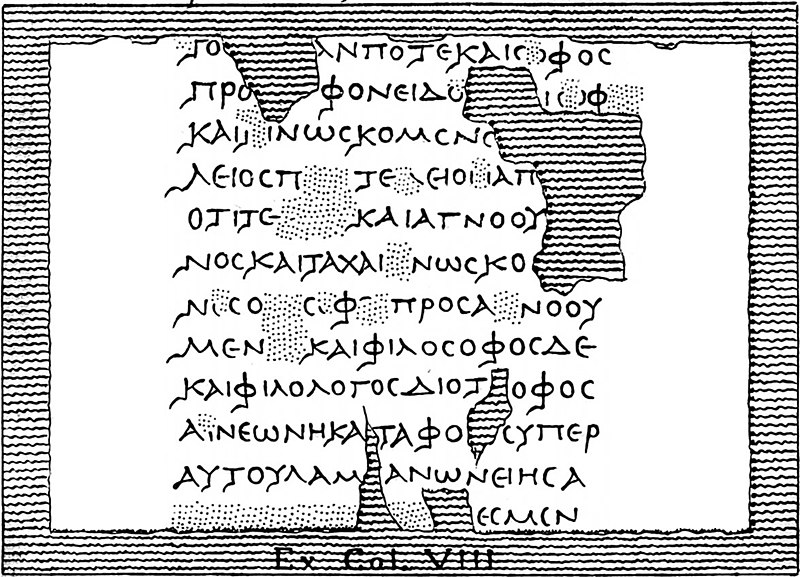Decoding the Herculaneum Papyri
In an attempt to decipher numerous tablets unearthed at Mt. Vesuvius, scientists are offering a grand total of $1,000,000 USD to those who can help create an AI to do the job.
Over 600 of these ancient scrolls written in ancient Greek and Roman text have frustrated archaeologists for centuries. Near perfectly preserved, these scrolls contain hundreds of lost texts ranging from poetic works to scholarly papers. In ancient times, they had been contained in a villa in Herculaneum (known now as the Villa of the Papyri), owned by a relative of the emperor Julius Caesar. When the Mt. Vesuvius volcano erupted in 79 C.E., destroying Pompeii and the surrounding area, the texts housed there were buried underneath dirt, ash and rubble.
In the 1750s, these scrolls had been rediscovered. Excavation revealed a plethora of papyri, among statues and ruins of the once extravagant library. The scrolls were, as anyone could imagine, incredibly fragile. Fires from the eruption ended up charring them, making them extremely brittle and welding them shut. Unfortunately, many who discovered them in the 18th century ended up destroying them in an attempt to unravel them. Those that we still possess remain unopened, in fear of breaking them.
The struggle seemed hopeless: the literature held on those scrolls would just have to remain lost.
Enter Dr. Brent Seales, a professor at the University of Kentucky working in computer vision. In 2015, Seales figured out a way to use X-rays in order to read the En-Gedi scroll found in the Dead Sea region without ever needing to open it. This development would of course be a massive step in the right direction, but there was one issue preventing the Herculaneum scrolls from being read this way: the ink. The texts are written in a carbon-based ink, unlike the denser ink the En-Gedi scroll was written with. Four years later, in 2019, Dr. Seales and a small group of fellow researchers were able to use a particle accelerator to detect carbon-based inks on fragments of Herculaneum scrolls. This is where the Vesuvius Challenge comes in.
This year, Seale’s research proved it was possible to apply the technology used to read the En-Gedi scroll to the Herculaneum papyri. The main issues are the difficulty detecting the subtle carbon inking, as well as the length of the scrolls. Considering how long so many of these texts are, the tightly rolled scrolls contain more layers of text than have ever been decoded before. 3-D scans of two scrolls and a few fragmented pieces of papyri have been provided on the challenge’s website. $700,000 will be rewarded to any individual or team that can create technology that can manage to read at least four passages from the scrolls. $100,000 will be given to anybody who manages to help with detecting ink on X-ray scans before June 14th. An extra $200,000 in other prizes will be awarded to people who help in progressing research, making a total of one million dollars in available prizes.
The importance of these texts is a bit hard to fully comprehend. If deciphered, all of them combined would more than double the amount of antiquity literature we currently possess. Works such as the lost manuscript Histories by Seneca the Elder or On Nature by Epicuris are thought to be held within the papyri. The goal of the project is to have an artificial intelligence that can read the texts by the end of 2023. From poetry to philosophy, some of the ancient world’s best kept secrets may soon be revealed.

